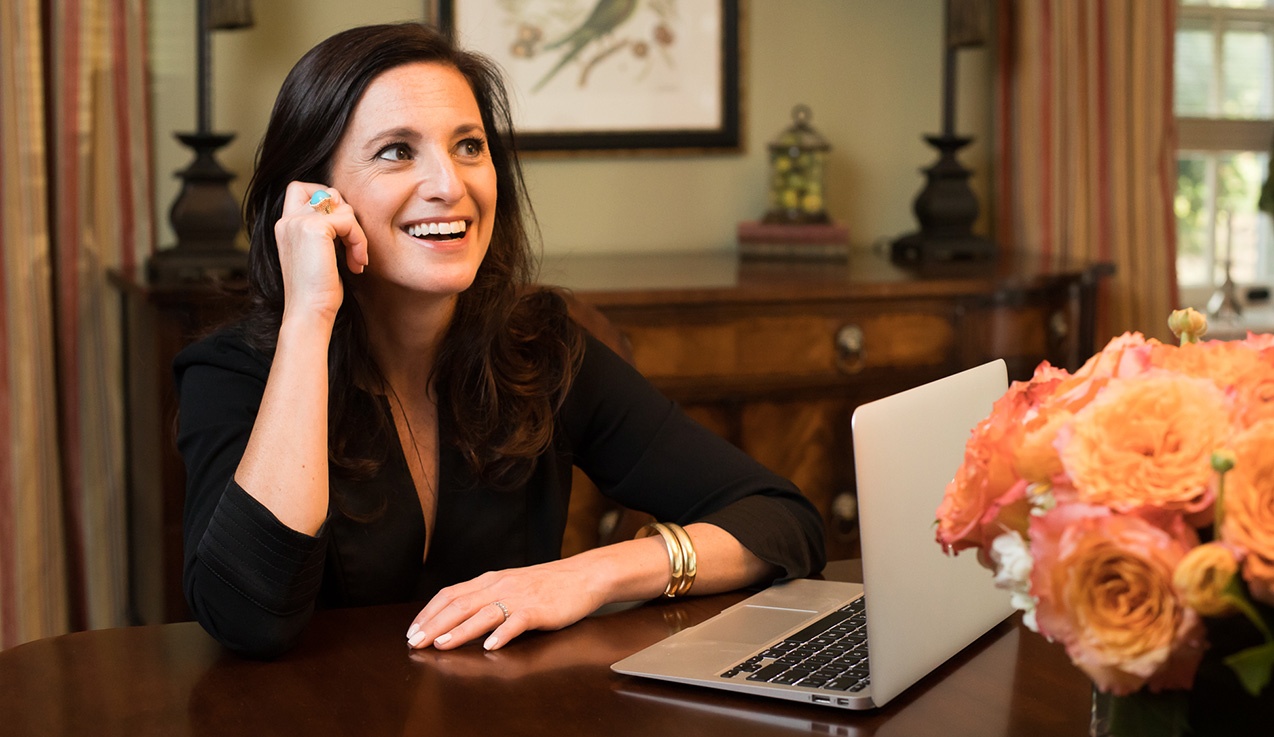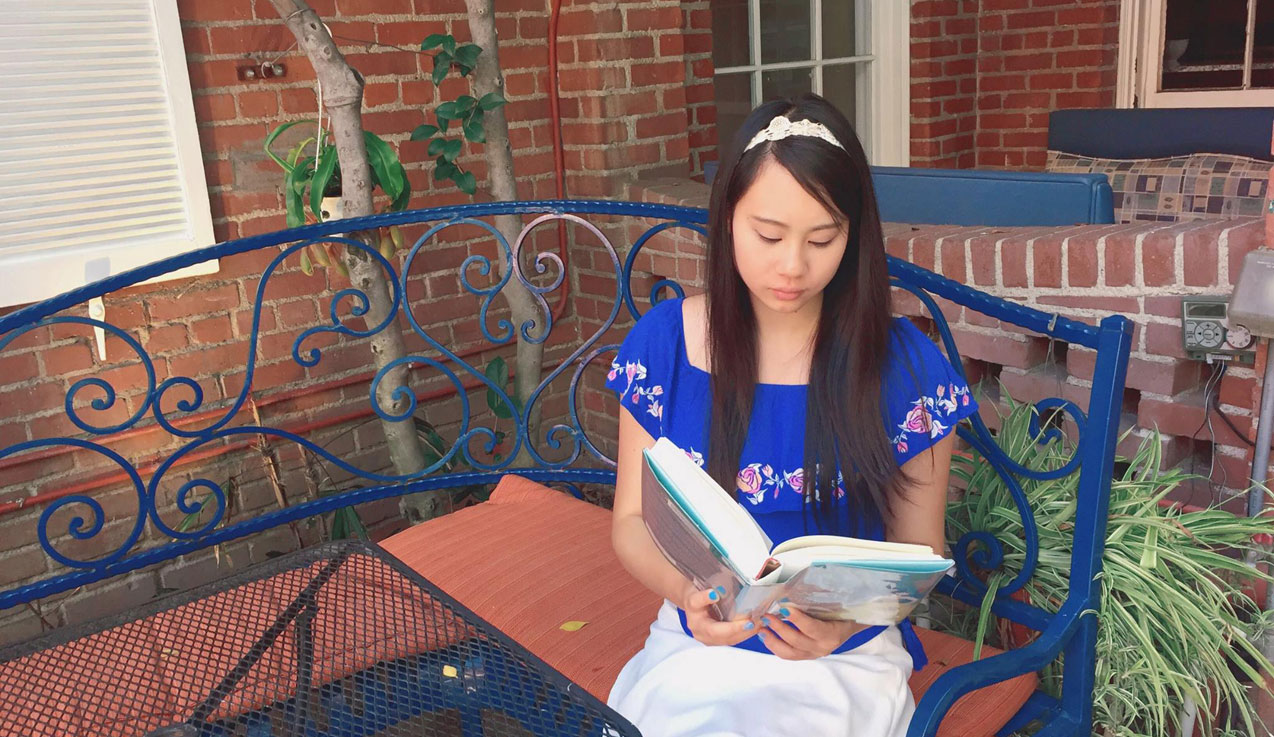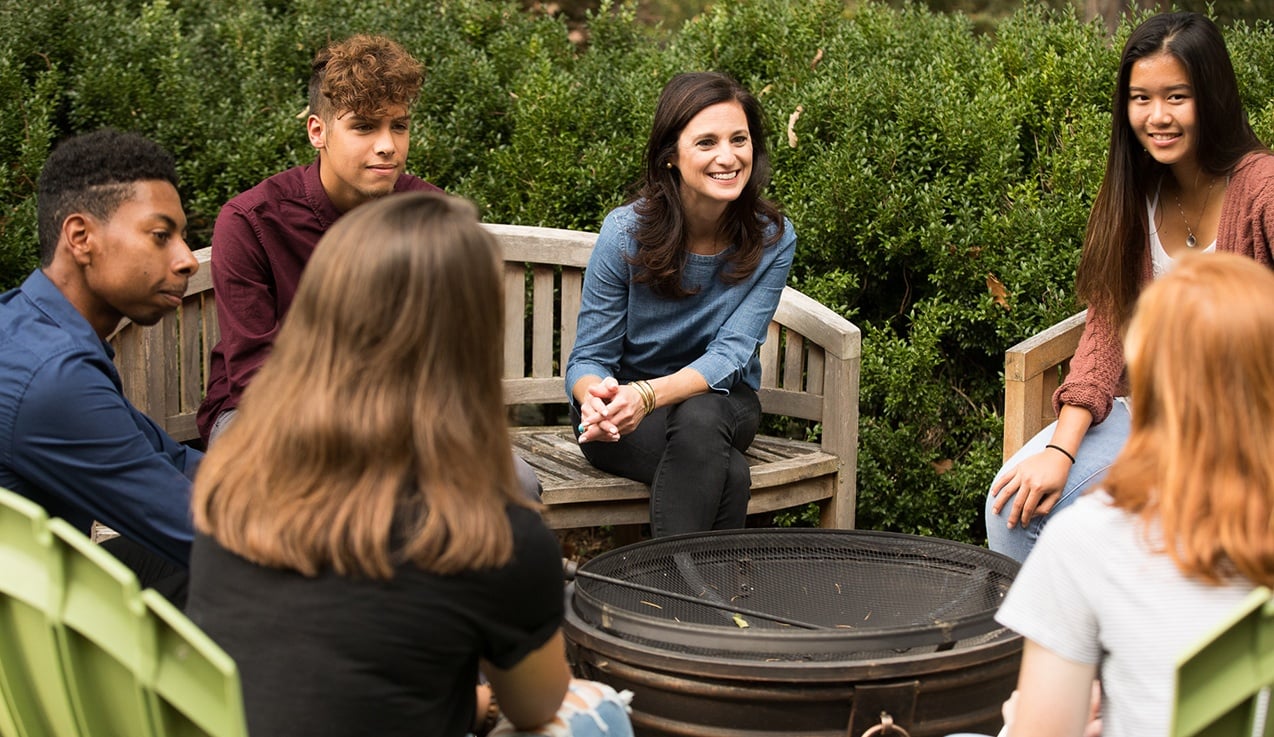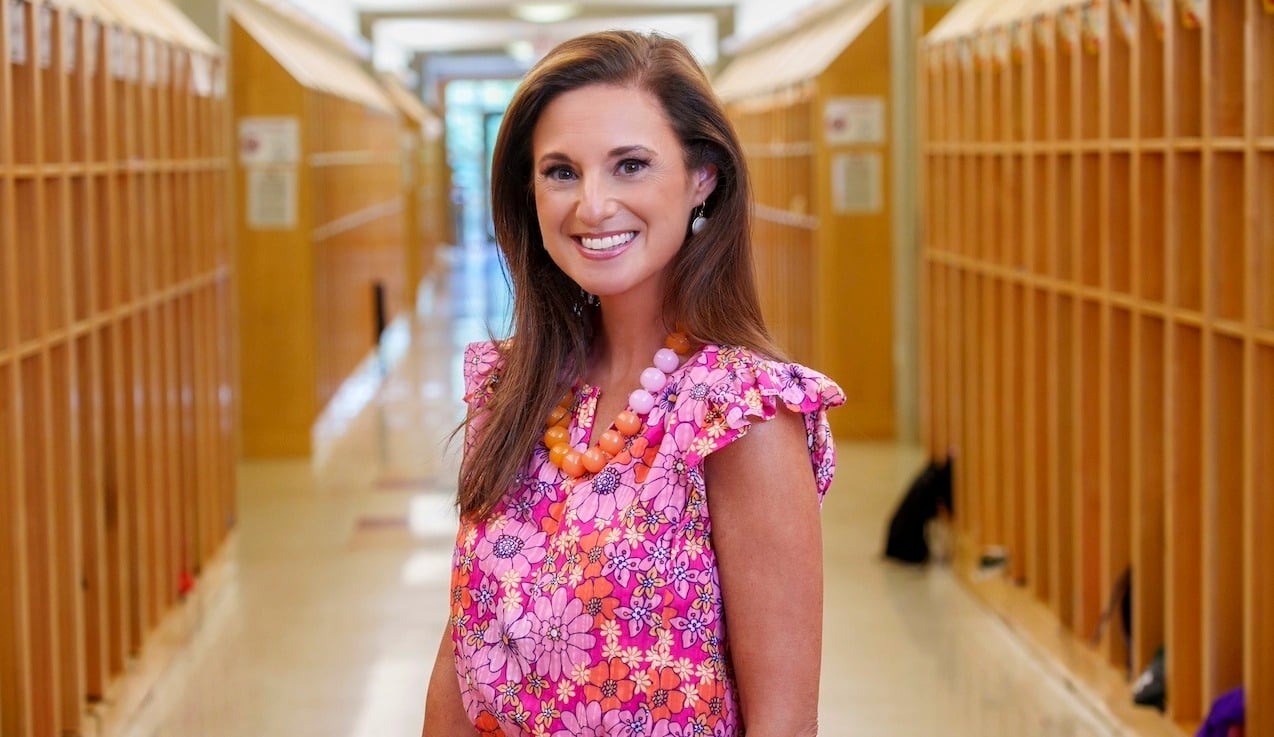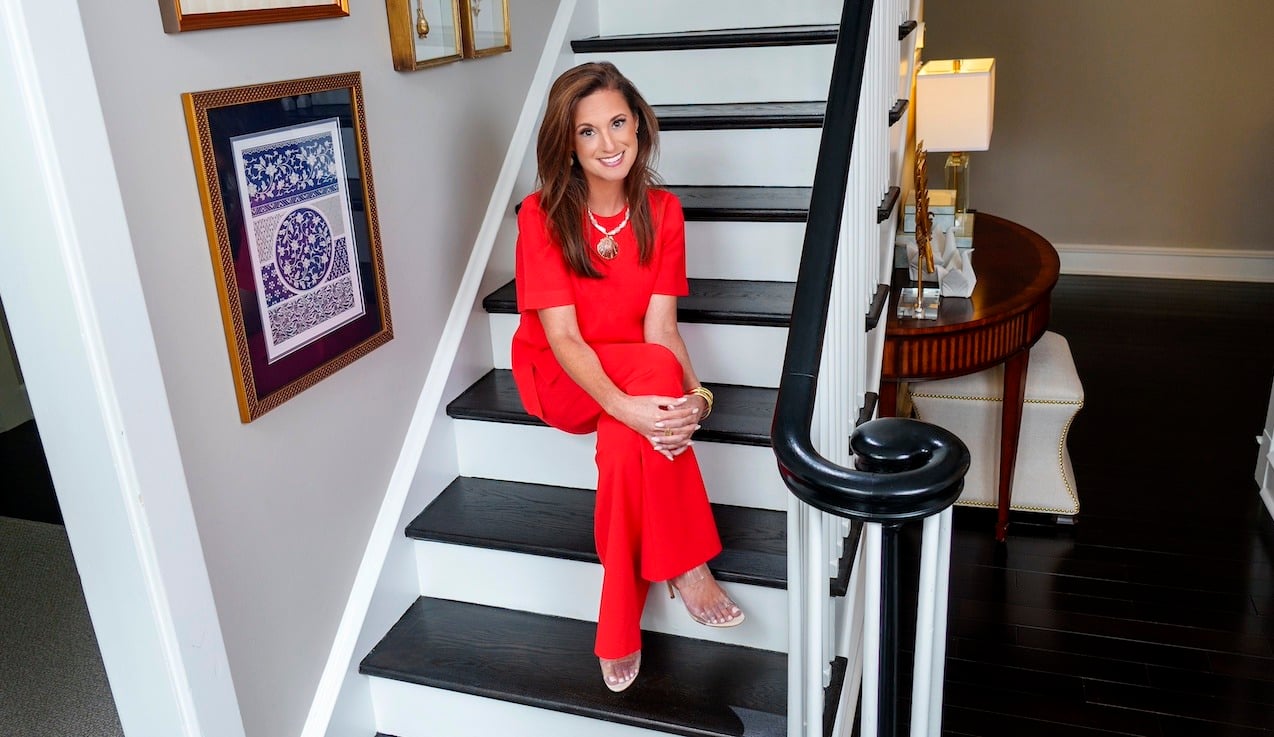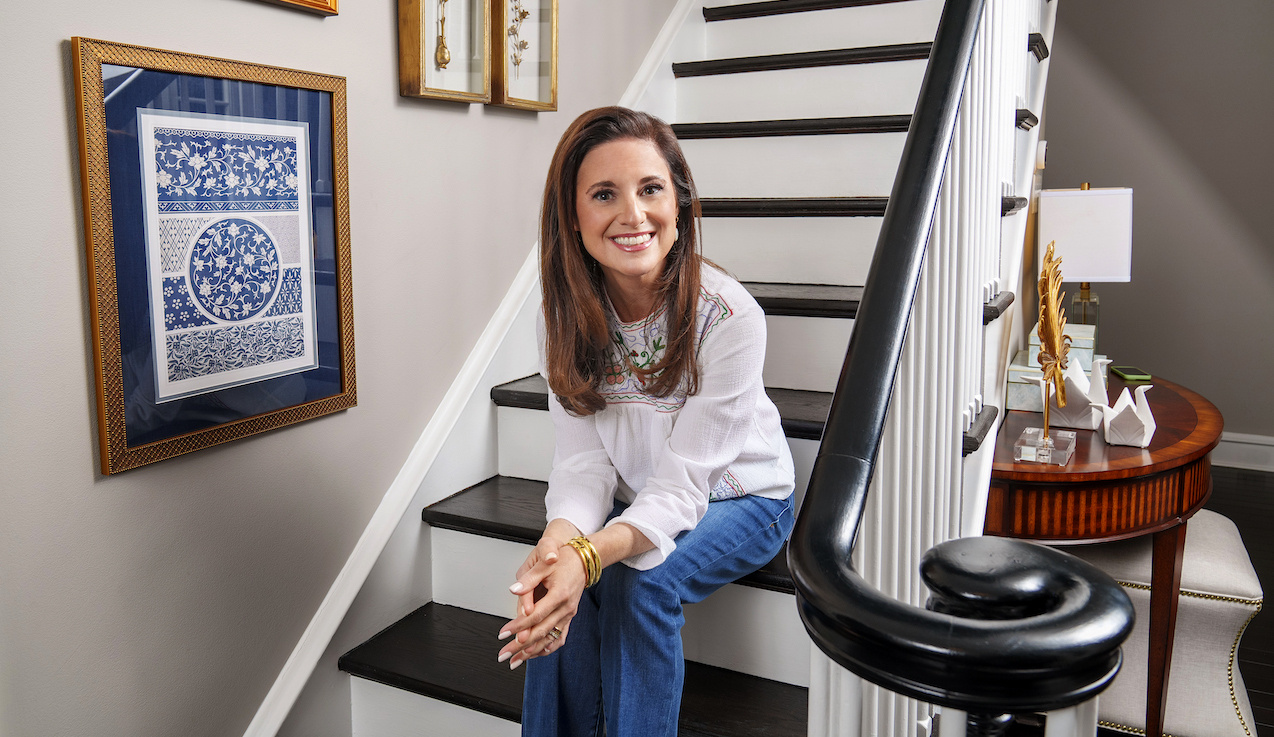I've never been a gambler when it comes to taking chances about my future. When I am working with private clients, I am even more conservative—especially when it comes to a student's college list. Choose your card game idiom, but you don't want the cards stacked against you. It's okay to have a dream school you want to apply to in the early round. However, you want to have options when the process is finishing up.
In other words, you want acceptances into colleges that are good matches for you. To do that, you have to create options for yourself in the early round when the student has more leverage than the colleges.
No matter if you are applying to an Early Decision program or a Restricted/Single Choice Early Action program (i.e. Harvard, Yale, Princeton, Stanford), you can and should apply to other colleges through an early round to ensure that you have acceptances to choose from.
Here's how you do it:
- Even colleges with binding Early Decision programs permit students to apply to non-binding Early Action public universities. The University of Michigan, University of Virginia, University of North Carolina Chapel Hill, University of Wisconsin Madison, University of Illinois, and Indiana University are all public universities with non-binding Early Action programs.
- And some Early Decision programs do not put any restrictions on Early Action programs and technically allow a student to apply to any non-binding (and non-restrictive) Early Action programs at private universities like the University of Miami, Tulane, Northeastern, Villanova, Santa Clara, and the University of Chicago.
- Some of the larger public universities don't have Early Action programs, but they offer priority deadlines which give a student an advantage in the process. The University of Maryland, Penn State, and the University of Texas Austin have priority deadlines in the fall which can increase a student's chances of admission.
There are a growing number of colleges that offer both an Early Decision program and an Early Action program for students to choose from in the early round. Please note that the acceptance rate in Early Decision will always be higher than the acceptance rate for the Early Action program at the same college. An Early Decision accepted student is guaranteed to enroll while the Early Action accepted student has until May 1 to make a decision and is not bound to attend. Villanova, Tulane, University of Chicago, University of Richmond, and Ithaca College have both Early Decision and Early Action programs to choose from.
"The acceptance rate in #EarlyDecision will always be higher than the acceptance rate for the #EarlyAction program at the same college." TWEET THIS
Just imagine applying to your first choice college under their Early Decision or Early Action program. If you get denied or deferred from the institution, it can take days or even weeks to get back on track and ready to apply to more colleges. But if you made some intentional choices to apply to a few other colleges in the early round, you may get a number of acceptances at the same time. And this changes a student's mindset immediately. Their disappointment shifts to confidence about themselves and where they will end up next fall. Instead of feeling like you got dealt a bad hand, you in turn, feel like you have an ace up your sleeve.


